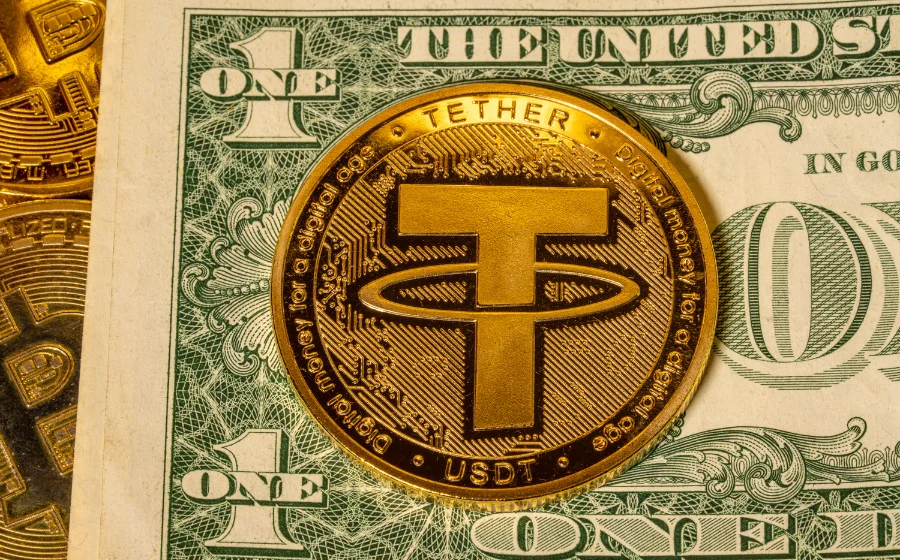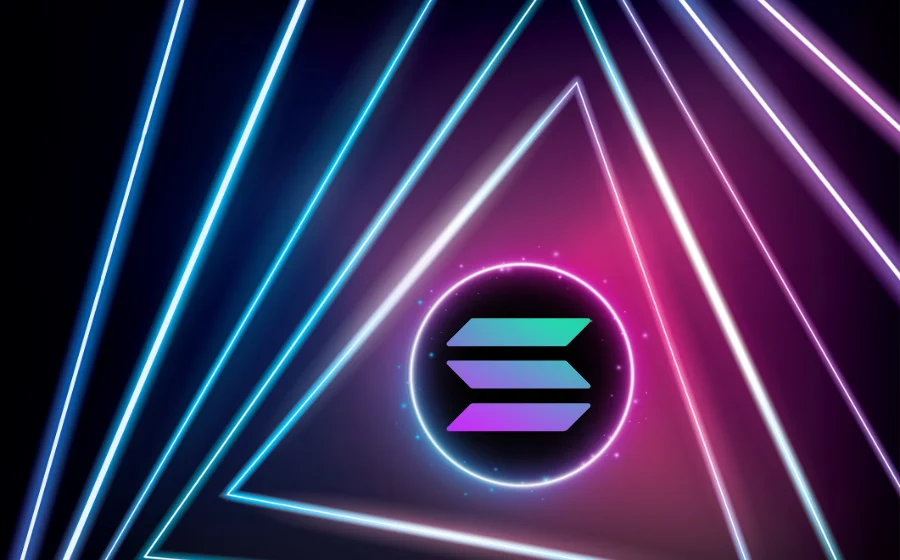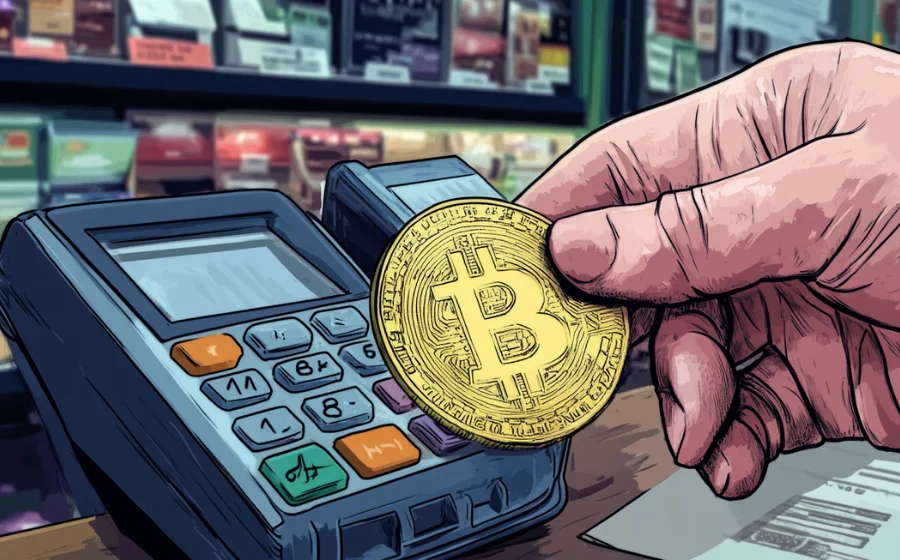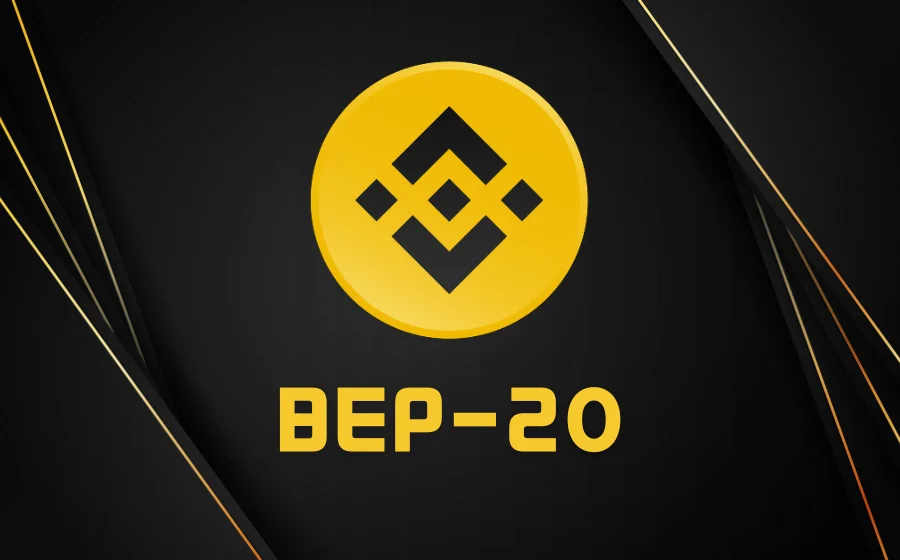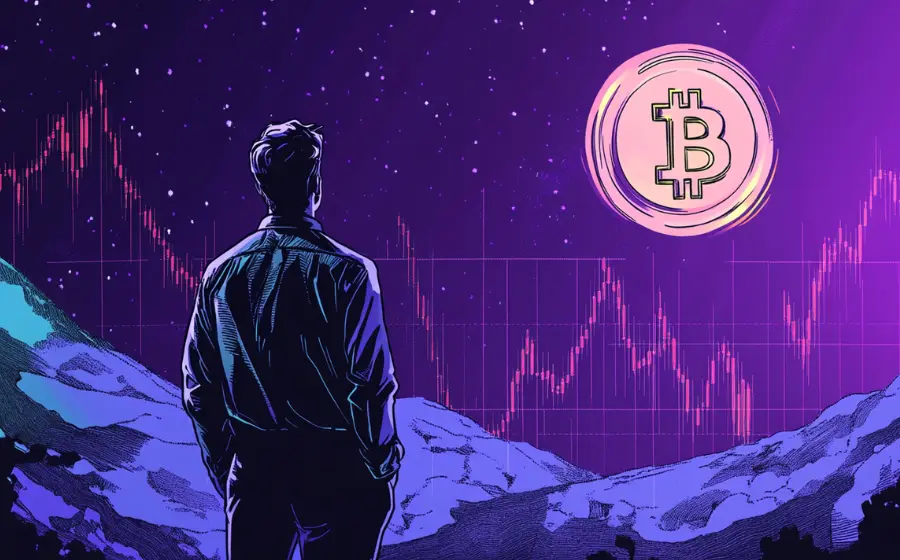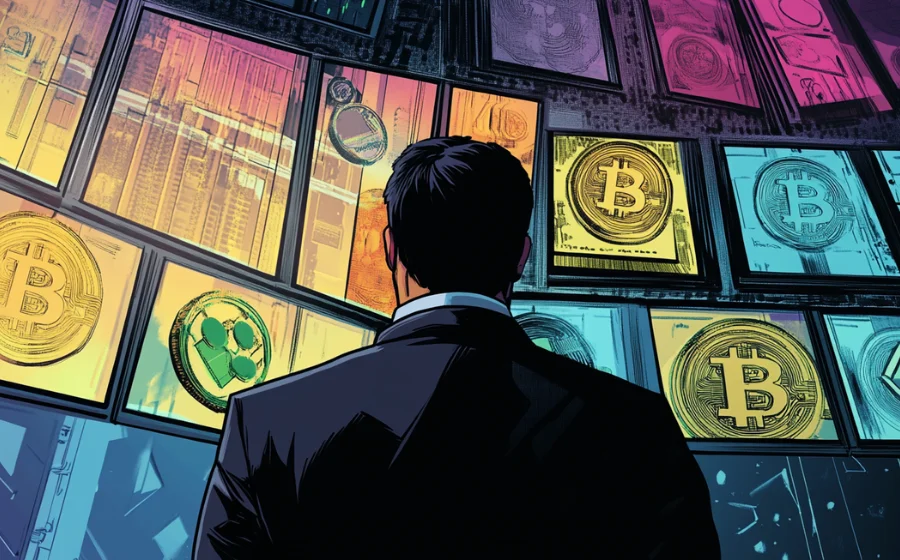
KEYTAKEAWAYS
- A Maker adds liquidity by placing limit orders that don't fill immediately, often receiving lower or even negative fees as an incentive.
- A Taker removes liquidity with market or aggressive limit orders, typically paying higher fees for immediate execution.
- Some exchanges offer negative Maker fees to VIP users, allowing them to earn rebates for providing liquidity — but this requires volume and strategy.

CONTENT
Learn the difference between Maker and Taker in crypto trading, how fees are calculated, and how placing limit orders can actually earn you money through negative Maker fees on some exchanges.
WHAT IS A MAKER (LIMIT ORDER PLACER)?
A Maker is someone who places an order — typically a limit order — that doesn’t get filled immediately but instead sits on the exchange’s order book, waiting for someone else to match it. This act of placing a pending order essentially adds liquidity to the market, which is why these users are called Makers — they literally “make the market.”
By contrast, users who take existing orders from the book are called Takers, as they “take” liquidity away.
📌 How is the Maker Fee calculated?
When a Maker order gets executed, the exchange may charge (or even reward) a fee based on the value of the trade. The formula is straightforward:
✅ Maker Fee = Trade Amount × Maker Fee Rate
Here are two examples:
- Example 1: User A places a Maker order worth 100 USDT, and the exchange charges a 0.1% fee.
👉 The fee = 100 × 0.1% = 1 USDT
- Example 2: User B also places a 100 USDT Maker order, but the exchange offers a –0.1% rebate to incentivize liquidity providers.
👉 The “fee” = 100 × –0.1% = –1 USDT, meaning User B actually earns 1 USDT from the trade.
📌 Does using a limit order always make you a Maker?
Not necessarily.
This is a common misunderstanding. Whether you’re a Maker depends on whether your order adds liquidity to the book — in simpler terms, whether it gets filled immediately or not.
If your limit price matches or is better than the current best market price, your order will likely get filled right away — making you a Taker, not a Maker.
Here’s a quick example:
Let’s say you place a limit sell order for 1 BTC at 30,000 USDT, but the best current buy price in the market is only 20,000 USDT.
👉 Your order will sit on the book — you’re a Maker.
But if you place that same order at 20,000 USDT, it would match instantly with existing buy orders.
👉 In that case, you’re a Taker, and the Taker fee applies.
Just because you use a limit order doesn’t automatically make you a Maker. The key factor is whether your order adds liquidity by waiting in the book — or gets filled right away.
and what about Taker?
>>> More to read: What is Order Book & How Does It Work?
WHAT IS A TAKER?
A Taker is a trader who places an order that gets filled immediately at the best available price in the market. Most commonly, this happens when using a market order, which executes right away by matching with existing orders in the order book.
Since these orders don’t sit on the order book and instead remove liquidity, the term Taker is used to describe them — they’re literally taking liquidity from the exchange, which is the opposite of a Maker, who adds liquidity.
This also explains why many people refer to Takers as “liquidity consumers.”
📌 Do all Takers use market orders?
Not necessarily.
While market orders are the most typical form of Taker activity, certain limit orders can also be considered Taker orders. If you place a limit order and the price you set is equal to or better than the current market price, your order may get filled instantly — meaning you’re not adding liquidity, you’re taking it.
In that case, even though you used a limit order, the system will treat you as a Taker, and the fee will be calculated accordingly.
📌 Taker Fee Calculation Formula
✅ Taker Fee = Trade Amount × Taker Fee Rate
- Example 1: User A executes a market order worth 100 USDT. The exchange charges a 0.2% Taker fee.
👉 Taker Fee = 100 × 0.2% = 2 USDT
📌 Quick Recap
A Taker is anyone whose order gets filled instantly, either by using a market order or by placing an aggressive limit order. Takers remove liquidity from the market and are usually charged a higher fee than a Maker, who provides liquidity.
Understanding whether you’re acting as a Maker or a Taker can make a real difference in your trading costs — especially for active traders.
>>> More to read: Market Order & Limit Order | What’s the Difference?
MAKER & TAKER | CAN YOU ACTUALLY MAKE MONEY?
🔎Can You Actually Make Money by Placing Limit Orders?
Yes — under the right conditions, Maker orders can actually earn you money.
You might have noticed in the earlier Maker fee example (Example 2) that a negative fee was shown. That’s not a typo. In fact, negative Maker fees are real in some exchanges. It’s part of a broader incentive model designed to encourage liquidity providers.
When a crypto exchange is filled with large volumes of pending orders, tight spreads, and visible depth in the order book, it looks “active” and trustworthy to new users. A new trader might think:
“Nice — this platform has solid volume and I can buy or sell quickly. It feels reliable.”
To foster that kind of liquidity, many exchanges that use the Maker/Taker fee model will offer lower fees for Makers — sometimes even setting Maker fees to a negative rate. This means if your limit order gets filled, instead of paying a fee, the exchange pays you. In short:
✅ You can earn money just by placing limit orders.
📌 Who Gets Access to Negative Maker Fees?
Not everyone qualifies for this perk. Most exchanges reserve negative Maker fees for VIP users — typically those who meet certain monthly trading volumes or hold large balances on the platform. It’s a reward system tailored for high-volume traders and liquidity providers.
While earning rebates through limit orders sounds attractive, it’s not guaranteed profit. You still have to account for market volatility, slippage, and whether your order will actually be filled. This strategy is generally more effective for experienced traders who understand how to work within the structure of an exchange.
📌 Final Thoughts
If you’re trading with significant volume and have a solid understanding of market mechanics, then yes — under the right conditions, placing limit orders can become a strategy for earning trading fee rebates. It’s not just about buying low and selling high anymore; with the right tools and access, even your order style can become a revenue stream.
▶ Buy Crypto at Bitget
ꚰ CoinRank x Bitget – Sign up & Trade!



